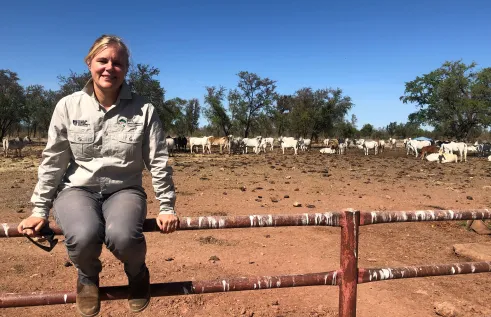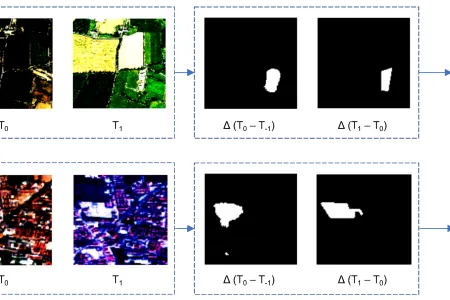Tech on the treetops: How AI can protect forests
Artificial Intelligence (AI) is the newest tool in the arsenal to prevent the degradation and depletion of forests, with new research revealing how the technology can help protect the ecosystem.
Charles Darwin University (CDU) researchers collaborated on an international study, led by the University of Sri Lanka, to develop an AI model which detects changes in forest cover, or the amount of land surface covered by trees.
According to the United Nations, between 2000 and 2022 there was a net forest area loss of 100 million hectares.
Researchers took U-Net architecture - which is used for image segmentation often in biomedical image analysis - and adapted it to compare past and present pictures of the ecosystem and detect where forest loss has occurred.
This custom model was fed a dataset of images from Google Earth and was able to detect forest cover changes with an accuracy of 94.37 per cent.
Researchers also tested the model on other datasets, which had an accuracy rate of 97.82 per cent and 98.44 per cent respectively.
Co-author and CDU Associate Professor in Information Technology Bharanidharan Shanmugam said the model was ideal for real-world applications because it produced high accuracy rates despite needing fewer training samples.
“Traditional methods for forest cover monitoring often struggle with accuracy and efficiency. Many rely on manual interpretation, which is time-consuming and prone to errors,” Associate Professor Shanmugam said.
“Our research provides a powerful tool for governments, environmental agencies and conservationists to detect and monitor deforestation more effectively.
“By leveraging deep-learning techniques, our model enables rapid analysis of satellite images, allowing authorities to identify high-risk areas and respond to deforestation before irreversible damage occurs.
“Unlike traditional approaches that require extensive manual effort, our method automates the process, making large-scale monitoring more feasible and cost effective.”
The study was a collaboration between the University of Sri Lanka, CDU, Friedrich-Alexander University in Germany, University of Peradeniya in Sri Lanka, and the University of Otago in New Zealand.
Co-author and CDU Lecturer in Information Technology Dr Thuseethan Selvarajah said another advantage was the model can function with limited labelled data.
“This makes it highly adaptable for use in regions where high-quality training datasets may not be available,” Dr Selvarajah said.
“Whether deployed in tropical rainforests, boreal forests, or temperate woodlands, the model can provide valuable insights for conservation efforts.
"By integrating this technology into existing environmental monitoring frameworks, governments and conservation organizations can enhance their ability to protect forests, enforce regulations, and mitigate the long-term impacts of deforestation.
“In the broader context, this research contributes to global efforts in combating climate change and preserving biodiversity.”
Change Detection for Forest Ecosystems Using Remote Sensing Images with Siamese Attention U-Net was published in the international journal Technologies.
Related Articles

Where rubber meets the road: Old tyres are key to building tougher roads
Almost half of the Northern Territory’s worn-out tyres end up in landfills – with the rest exported interstate for recycling – but a study led by Charles Darwin University (CDU) is repurposing the discarded rubber to build stronger, sustainable roads that meet the NT’s unique needs.
Read more about Where rubber meets the road: Old tyres are key to building tougher roads
Social media subjecting Black women to radicalised digital policing
Influencers use oppression, manipulation and weaponisation to police Black women on social media, according to new research uncovering the entrenched nature of digital racism.
Read more about Social media subjecting Black women to radicalised digital policing
Moo-ving the boundaries: New research evaluates virtual fences for use on NT cattle stations
Cattle producers in Northern Australia face unique challenges when adapting tools like virtual fences on their properties, but new research from Charles Darwin University (CDU) is set to break down the barriers to this technology.
Read more about Moo-ving the boundaries: New research evaluates virtual fences for use on NT cattle stations
